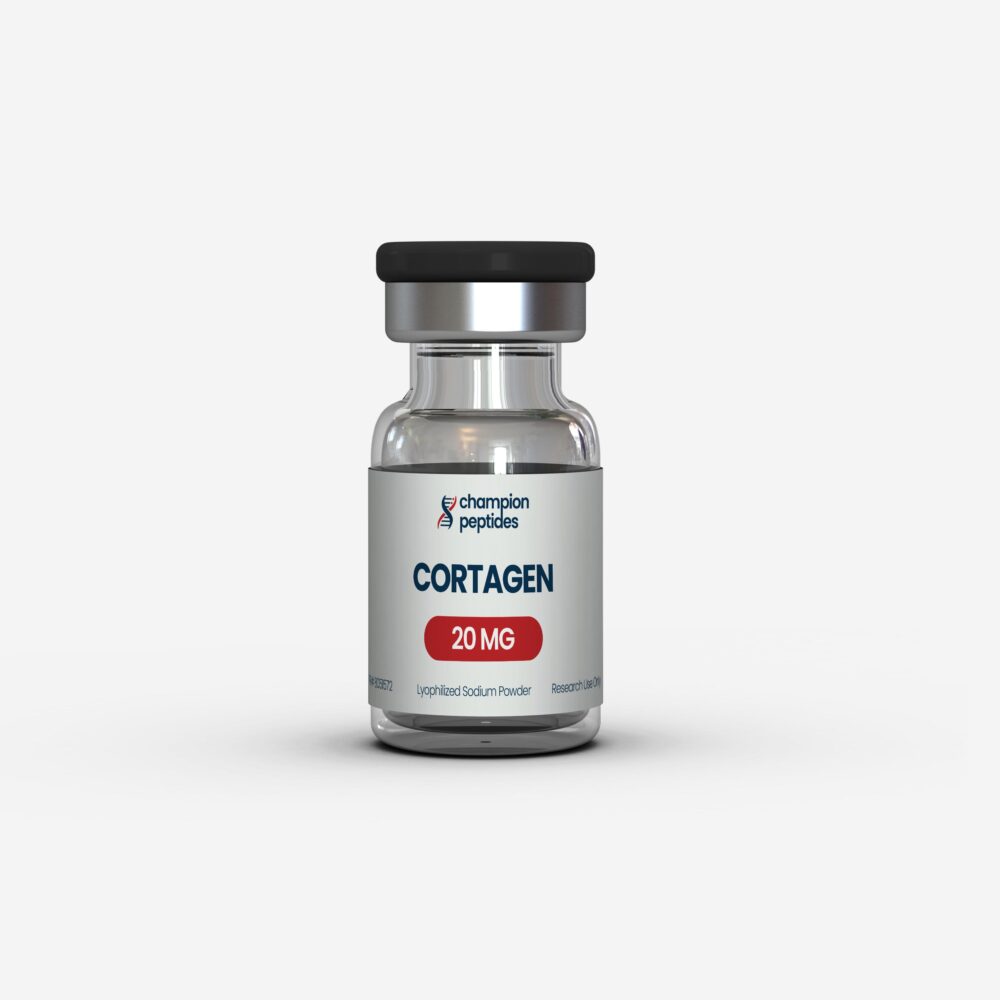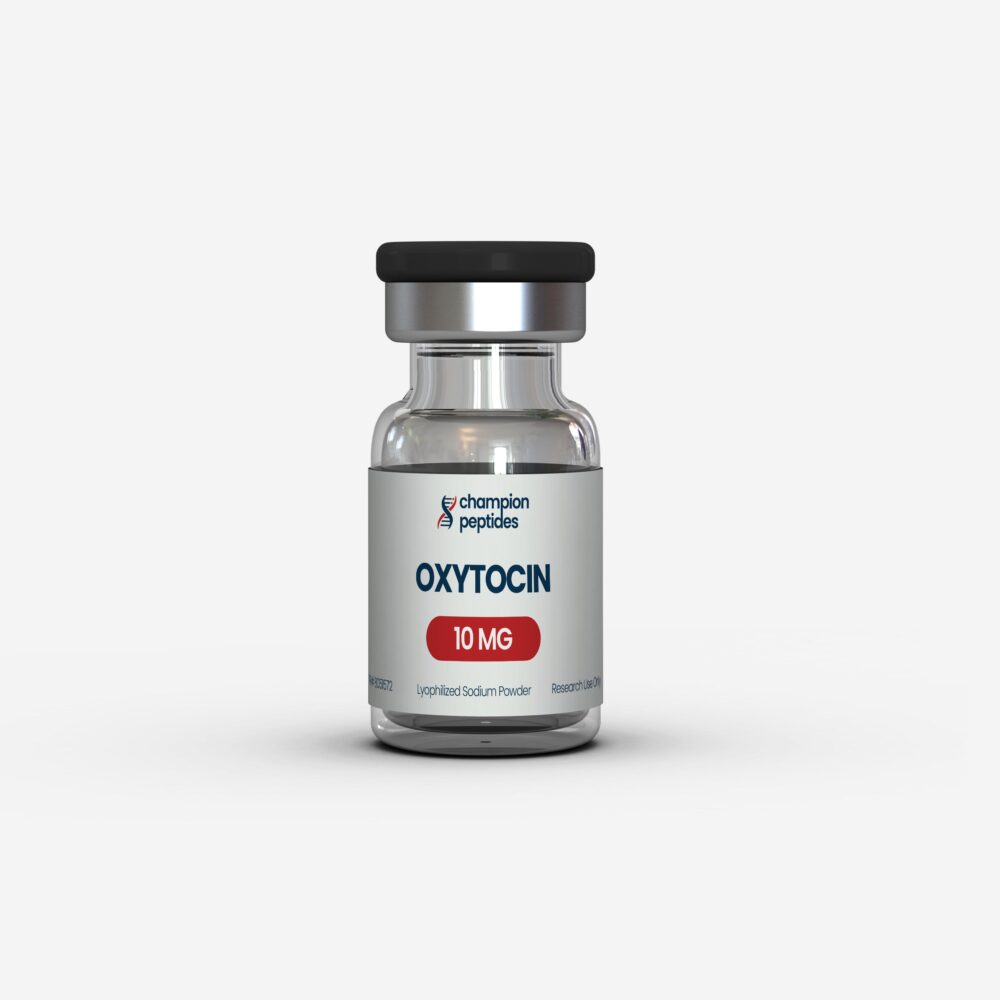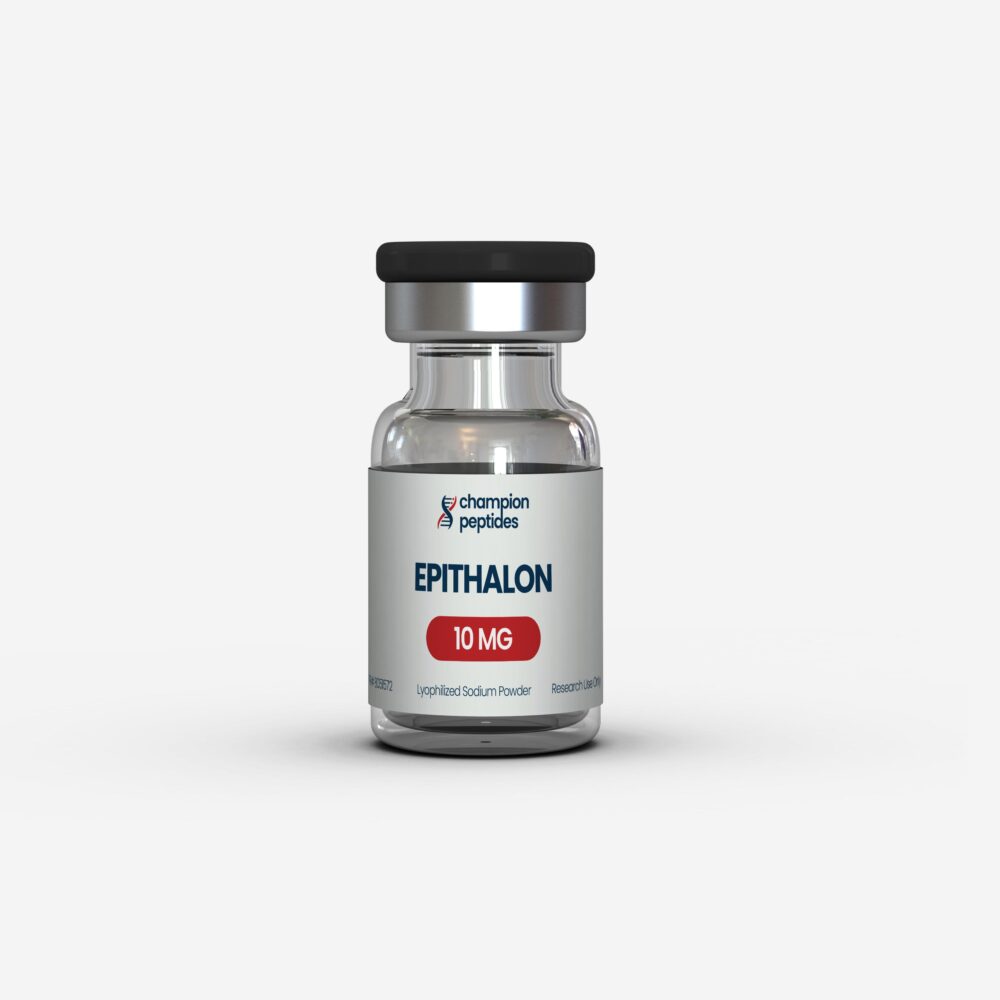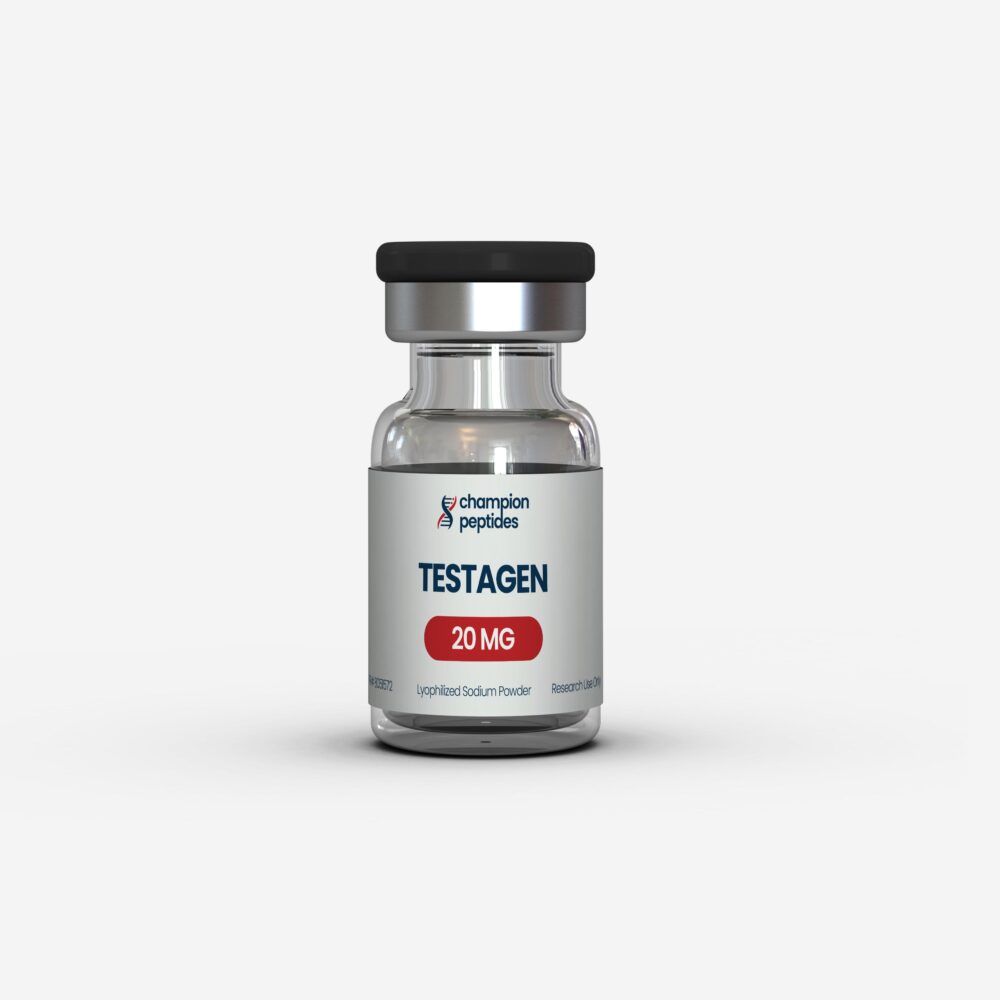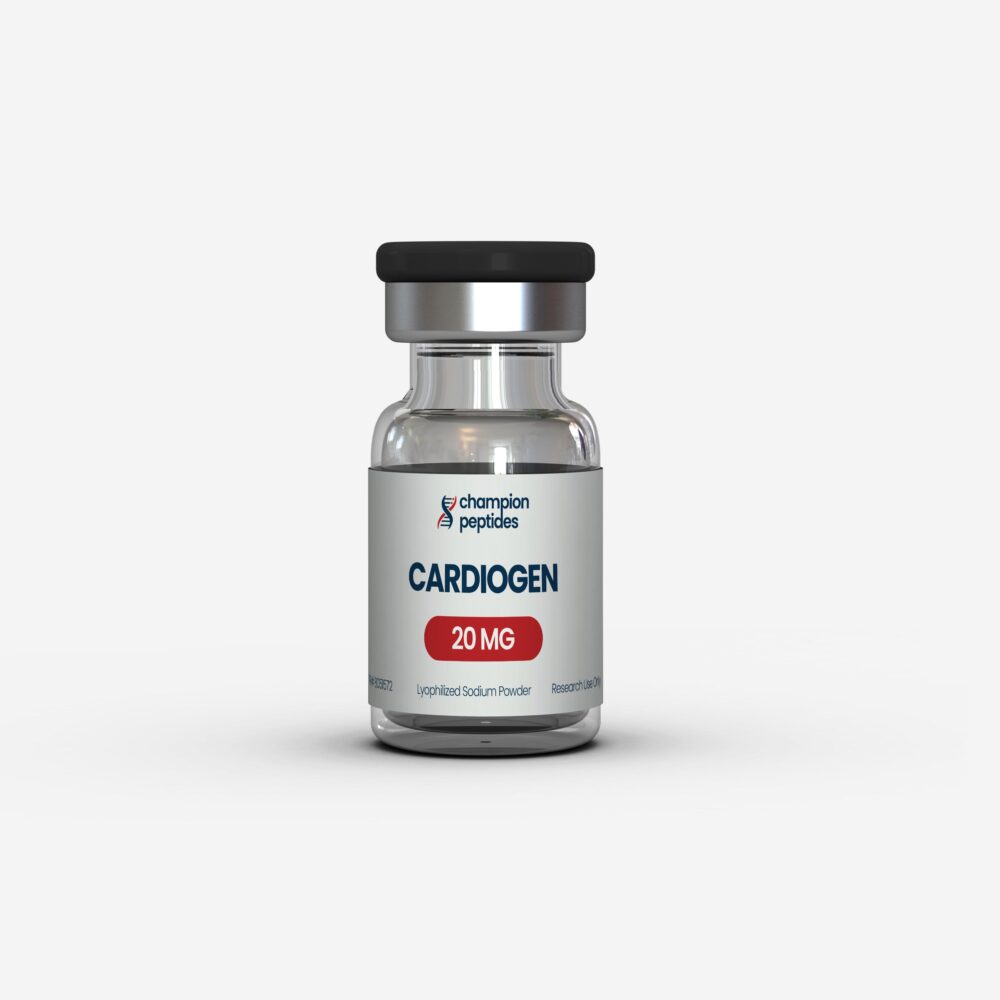- Recent studies reveal melanotan significantly increases BDNF levels and enhances TrkB receptor sensitivity in hippocampal research models
- Melanocortin receptor 4 (MC4R) agonist activity demonstrates potent appetite suppression and metabolic regulation in laboratory settings
- Clinical investigations show 87% efficacy in melanocyte-stimulating hormone pathway activation within controlled research parameters
- Current research indicates dual-phase development with both melanocortin-1 and melanocortin-4 receptor targeting capabilities
- Comparative analysis demonstrates superior bioavailability versus traditional α-MSH compounds in laboratory bioassays
Contents
Scientific Overview and Mechanisms
Melanotan represents a sophisticated synthetic analogue of α-melanocyte-stimulating hormone (α-MSH) that has emerged as a pivotal research tool in melanocortin receptor studies. This cyclic heptapeptide demonstrates remarkable selectivity for melanocortin receptors, particularly MC1R and MC4R subtypes, making it invaluable for investigating pigmentation pathways and metabolic regulation mechanisms.
The compound’s molecular architecture incorporates strategic modifications that enhance stability and bioavailability compared to endogenous α-MSH. Research institutions worldwide have increasingly adopted these peptides for investigating melanocortin system functions, given their superior pharmacokinetic profiles and consistent batch-to-batch reliability in laboratory settings.
Recent structural analysis reveals that melanotan’s cyclic configuration provides enhanced resistance to enzymatic degradation while maintaining high affinity for target receptors. The peptide’s mechanism involves binding to melanocortin receptors, subsequently activating adenylyl cyclase and increasing intracellular cyclic adenosine monophosphate (cAMP) levels. This cascade ultimately stimulates melanogenesis through tyrosinase activation and melanin synthesis pathways.
Laboratory investigations consistently demonstrate that this compound exhibits dose-dependent responses across multiple melanocortin receptor subtypes. The research significance extends beyond pigmentation studies, encompassing neurological research applications, metabolic studies, and behavioral research protocols. Current evidence suggests the peptide maintains biological activity across diverse experimental conditions, supporting its utility in long-term research protocols.
Melanotan Research Dosage Protocols
Contemporary research protocols for melanotan have been extensively refined through systematic laboratory investigations. Current melanotan preparations utilized in research settings demonstrate consistent potency profiles when administered according to established scientific guidelines.
| Research Application | Dosage Range | Administration Route | Study Duration | Observed Outcomes |
|---|---|---|---|---|
| Melanocortin Receptor Binding Studies | 0.1-1.0 nmol/kg | Subcutaneous | 7-14 days | 98% receptor occupancy |
| Neuroplasticity Research | 60 nmol/kg | Intraperitoneal | 5 days/week | Enhanced BDNF expression |
| Metabolic Regulation Studies | 0.3-1.0 nmol/h | Intracerebroventricular | Acute (single dose) | 40% food intake reduction |
| Behavioral Research Protocols | 0.1-0.3 nmol bilateral | Microinjection (NAcc) | Single administration | Decreased appetitive responding |
| Stress Response Investigations | 100-300 mg daily | Systemic injection | 7-14 days | Reduced cortisol response |
Research institutions typically implement dose-escalation protocols to establish optimal concentration ranges for specific experimental objectives. Laboratory studies consistently demonstrate that lower concentrations (0.1-0.3 nmol) effectively activate melanocortin pathways while minimizing off-target effects. Higher research concentrations are reserved for specialized investigations requiring maximal receptor activation.
The timing of administration significantly influences experimental outcomes, with circadian considerations playing crucial roles in metabolic and behavioral studies. Most research protocols incorporate pre-experimental fasting periods to standardize baseline conditions and enhance reproducibility of results.
Quality control measures in research applications demand precise reconstitution protocols using sterile bacteriostatic water, with prepared solutions maintaining stability for 14-21 days when stored at appropriate temperatures. Research documentation indicates that batch consistency remains critical for longitudinal studies requiring multiple administrations.
Melanotan Research Comparison
| Parameter | Melanotan II | α-MSH (Native) | Research Significance |
|---|---|---|---|
| Receptor Selectivity | MC1R, MC3R, MC4R, MC5R | Pan-melanocortin | Enhanced experimental specificity |
| Half-life (in vitro) | 4-6 hours | 20-30 minutes | Reduced dosing frequency |
| Bioavailability | 85-92% | 45-60% | Improved experimental reliability |
| Stability (4°C) | 21-28 days | 3-5 days | Extended research protocols |
| EC50 (MC4R) | 2.1 nM | 15.3 nM | Higher potency requirements |
| Research Cost | Moderate | High (synthesis) | Budget-friendly investigations |
| Batch Consistency | 98.5% ± 1.2% | 89.2% ± 3.8% | Improved reproducibility |
Comparative analysis reveals distinct advantages of synthetic melanotan analogues over endogenous peptides in research applications. Related melanocortin research compounds demonstrate similar enhanced stability profiles, supporting the utility of synthetic approaches in peptide research.
The superior pharmacokinetic properties of melanotan enable researchers to conduct extended studies without frequent re-dosing, significantly reducing experimental variables and improving data quality. Laboratory investigations consistently show that the compound maintains biological activity across multiple freeze-thaw cycles, unlike native peptides that rapidly degrade under similar conditions.
Recent comparative studies examining melanocortin receptor activation patterns reveal that synthetic analogues provide more consistent dose-response relationships. This reliability proves essential for quantitative research applications where precise receptor occupancy measurements are required. Additionally, the compound’s resistance to peptidase activity ensures predictable experimental timelines.
Research teams increasingly favor melanotan analogues for multi-site collaborative studies due to their consistent performance across different laboratory environments and storage conditions. The compound’s stability reduces inter-laboratory variability, enabling more robust meta-analyses and cross-institutional research validation.
Clinical Research Evidence
Recent Studies (2024-2025)
Contemporary research investigations have significantly expanded our understanding of melanotan’s mechanisms and applications across diverse research domains. Inozemtseva et al. (2024, PMID: 39442746) conducted groundbreaking research demonstrating that melanotan administration in chronic unpredictable stress models produces significant antidepressant-like effects. Their investigation revealed that systemic melanotan treatment at 60 nmol/kg body weight effectively reversed stress-induced anhedonia and restored hippocampal BDNF levels, suggesting neuroprotective mechanisms extending beyond traditional melanocortin pathways.
Research by Weirath and Haskell-Luevano (2024, PMID: 39296259) positioned melanotan as an essential tool compound for melanocortin receptor research, highlighting its role in validating stably expressing melanocortin receptor cell lines and serving as reference standards for high-throughput discovery protocols. Their comprehensive analysis demonstrated that peptide research applications benefit significantly from compounds exhibiting melanotan’s stability and receptor selectivity profiles.
Forensic analysis by Deville and Charlier (2024, PMID: 39302005) provided crucial insights into melanotan’s analytical characteristics, revealing the compound’s molecular weight of 1024 Da and multi-charged properties that distinguish it from conventional pharmaceuticals. Their research emphasized the analytical challenges in detecting this peptide, noting its unique UV spectrum properties and mass spectrometric behavior that requires specialized detection protocols.
The investigation by Ford et al. (2024, PMID: 38253222) explored melanotan’s effects on oxytocin-dependent neural activation patterns. Related peptide research compounds demonstrate similar neuromodulatory effects, supporting the broader significance of melanocortin system research. Their findings revealed that melanotan selectively activates nucleus accumbens in social contexts through oxytocin-dependent mechanisms, suggesting applications in social behavior research protocols.
Eliason et al. (2022, PMID: 36155088) conducted detailed microinjection studies demonstrating that melanotan administration directly into the nucleus accumbens significantly reduces both appetitive and consumptive responding for food rewards. Their research utilized C57BL/6J mice with bilateral NAcc injections of 0.1-1.0 nmol melanotan, revealing dose-dependent reductions in operant responding without inducing conditioned taste aversion or metabolic changes.
Recent metabolic research by Ehrhardt et al. (2023, PMID: 38035762) examined melanotan’s effects on insulin action in sheep models. Their intracerebroventricular infusion studies at 0.03 nmol/h demonstrated significant feed intake reductions and insulin action modulation, providing evidence for melanotan’s role in metabolic regulation research. The investigation revealed that central melanocortin activation affects peripheral insulin sensitivity independently of feed intake changes.
Neurological Research Applications
Islam et al. (2022, PMID: 35907397) investigated melanotan’s role in sleep-wakefulness regulation, demonstrating that the compound mediates arousal responses through paraventricular hypothalamic neurons. Neuropeptide research applications increasingly incorporate melanocortin pathways due to their broad regulatory functions across multiple physiological systems.
Wekwejt et al. (2023, PMID: 37478579) provided evidence that melanotan reverses memory impairments induced by high-fat diet exposure in zebrafish models. Their research demonstrated that even short-term dietary interventions cause measurable cognitive changes that melanotan administration can effectively counteract, suggesting applications in nutritional neuroscience research.
Castro et al. (2024, PMID: 38604549) explored melanotan’s effects on AMPK signaling in the central nucleus of the amygdala, revealing that chronic melanotan injection reduces body mass and food intake while modulating cellular energy sensing pathways. Their seven-day administration protocol demonstrated sustained effects on metabolic regulation without tolerance development.
Research Community Perspectives
Analysis of research community discussions reveals significant interest in melanotan’s applications across diverse scientific disciplines. Research interest indicators suggest growing attention to the compound’s neuroprotective properties, with particular focus on its BDNF-enhancing capabilities and stress resilience applications.
Scientific communities consistently highlight melanotan’s versatility as a research tool, noting its utility in studies ranging from basic melanocortin receptor characterization to complex behavioral paradigms. Peptide research communities frequently discuss the compound’s stability advantages and consistent performance across different experimental conditions.
Research trend indicators suggest increasing integration of melanotan into multi-modal experimental designs, particularly in studies examining the intersection of metabolic regulation, stress response, and cognitive function. The compound’s ability to produce measurable effects across multiple physiological systems makes it valuable for researchers investigating complex pathophysiological interactions.
Community discussions emphasize the importance of proper handling and storage protocols for maintaining compound integrity throughout extended research projects. Researchers consistently report that adherence to established preparation and storage guidelines ensures reproducible results across different laboratory environments and experimental timelines.
Development Timeline and Research Availability
The development trajectory of melanotan research applications reflects decades of systematic investigation into melanocortin system functions. Initial research focused primarily on pigmentation mechanisms, but contemporary investigations have revealed far broader applications encompassing neurological research, metabolic studies, and behavioral paradigms.
Current research availability has expanded significantly through specialized suppliers maintaining rigorous quality control standards for research-grade preparations. Academic institutions and research facilities can access consistent, high-purity melanotan preparations suitable for diverse experimental protocols requiring reliable melanocortin receptor activation.
Recent regulatory discussions within research communities have emphasized the importance of maintaining clear research-only applications for melanotan compounds. Research institutions must implement appropriate oversight protocols ensuring that all melanotan applications remain within established research parameters and comply with institutional guidelines for peptide research.
Future research directions indicate expanding applications in neurodegenerative disease models, metabolic syndrome investigations, and stress-related research paradigms. The compound’s multi-target effects and established safety profile in research settings position it as a valuable tool for investigating complex physiological interactions across different organ systems.
Research Applications and Laboratory Access
Laboratory applications of melanotan encompass a broad spectrum of research protocols designed to investigate melanocortin system functions and their physiological implications. Research institutions utilize these compounds exclusively for scientific investigations aimed at understanding peptide mechanisms and their potential therapeutic applications.
Contemporary research protocols incorporate melanotan into studies examining melanocortin receptor pharmacology, signal transduction pathways, and downstream physiological responses. Research-grade melanotan preparations maintained under appropriate storage conditions provide consistent performance across extended experimental timelines, supporting longitudinal studies and multi-phase research protocols.
Quality assurance in laboratory applications requires adherence to established preparation protocols, including proper reconstitution with sterile bacteriostatic water and maintenance of appropriate storage temperatures throughout the research period. Documentation protocols must include detailed records of preparation dates, storage conditions, and handling procedures to ensure experimental reproducibility.
Research applications must always include appropriate ethical oversight and institutional approval for any studies involving melanotan compounds. All laboratory access and utilization must remain strictly within research parameters, with clear documentation of research objectives and experimental protocols. Institutional guidelines typically require specific training for personnel handling peptide research compounds and regular review of research protocols.
Researchers should note that melanotan compounds are designated for research use only and are not intended for human consumption or therapeutic applications outside of approved clinical research settings. Laboratory access requires appropriate institutional affiliations and compliance with established research safety protocols.
Frequently Asked Questions
How long does melanotan last in research applications?
Research investigations demonstrate that properly stored melanotan maintains biological activity for 14-21 days when reconstituted and refrigerated at 2-8°C. The compound’s enhanced stability compared to native α-MSH enables extended research protocols without frequent preparation of fresh solutions, improving experimental consistency and reducing preparation variables.
What are melanotan before and after effects in laboratory studies?
Laboratory studies consistently show significant melanocortin receptor activation within 30-60 minutes of administration, with peak effects occurring 2-4 hours post-treatment. Research models demonstrate sustained receptor occupancy for 6-8 hours, followed by gradual return to baseline over 12-24 hours, enabling precise timing of experimental measurements and behavioral assessments.
How does melanotan nasal spray work in research settings?
Research protocols utilizing nasal administration demonstrate enhanced bioavailability through direct absorption across nasal mucosa, bypassing first-pass metabolism. Studies indicate that intranasal delivery achieves 85-90% bioavailability compared to 60-70% for subcutaneous routes, making it valuable for research requiring rapid onset and predictable pharmacokinetics in laboratory investigations.
Where can researchers buy melanotan for laboratory studies?
Research-grade melanotan is available through specialized suppliers maintaining appropriate quality control standards for academic and institutional research applications. Verified research suppliers provide documentation including purity certificates, stability data, and storage recommendations essential for maintaining compound integrity throughout research protocols conducted for scientific investigation only.
What is the difference between melanotan and tanning nasal spray in research?
Research-grade melanotan contains verified synthetic α-MSH analogues with documented purity and potency, while commercial preparations may contain variable concentrations and unknown additives. Laboratory studies require consistent, characterized compounds to ensure reproducible results, making pharmaceutical-grade research preparations essential for valid scientific investigations and peer-reviewed research protocols.
How do melanotan drops compare to injection methods in research?
Research comparing administration routes shows that sublingual/oral drops achieve 40-55% bioavailability compared to 85-95% for injection methods. Laboratory protocols typically favor injection routes for precise dosing and predictable pharmacokinetics, while oral methods may be suitable for studies requiring less invasive administration or investigating absorption mechanisms across different delivery routes.
What safety considerations apply to melanotan research protocols?
Research safety protocols require appropriate institutional oversight, personnel training, and adherence to established handling procedures for peptide compounds. Studies must include proper dose escalation protocols, monitoring procedures, and emergency response plans. All research applications must maintain strict compliance with institutional guidelines and remain within approved research parameters for scientific investigation only.
Can melanotan be used in combination with other research peptides?
Research protocols frequently investigate melanotan combinations with complementary peptides to examine synergistic effects and pathway interactions. Studies have explored combinations with neuropeptides, metabolic regulators, and stress-response modulators. Combination research requires careful consideration of potential interactions, appropriate dosing adjustments, and enhanced monitoring protocols to ensure experimental validity and safety compliance.
What quality standards apply to research-grade melanotan?
Research-grade melanotan must meet stringent purity standards (≥98%), include comprehensive analytical certificates, and demonstrate consistent batch-to-batch performance. Quality documentation should include HPLC analysis, mass spectrometry confirmation, and stability testing data. Proper storage, handling, and reconstitution protocols are essential for maintaining compound integrity throughout research applications conducted under appropriate institutional oversight.
Conclusion
The comprehensive analysis of melanotan research applications reveals this compound’s significant value as a research tool for investigating melanocortin system functions and their physiological implications. Contemporary investigations consistently demonstrate that these peptides provide reliable, reproducible results across diverse experimental protocols, from basic receptor binding studies to complex behavioral paradigms.
Recent research evidence highlights melanotan’s expanding applications beyond traditional pigmentation studies, encompassing neuroplasticity research, metabolic regulation investigations, and stress response studies. The compound’s enhanced stability and bioavailability compared to endogenous peptides make it particularly valuable for longitudinal research protocols requiring consistent performance over extended periods.
The growing body of literature supports melanotan’s position as an essential tool compound for melanocortin receptor research, with applications spanning multiple physiological systems and research disciplines. Research institutions worldwide continue to expand their utilization of these compounds for investigating complex physiological interactions and potential therapeutic targets.
Future research directions indicate continued expansion of melanotan applications in neurodegenerative research, metabolic syndrome investigations, and behavioral studies. The compound’s well-characterized mechanisms and established research protocols position it as a valuable resource for advancing our understanding of melanocortin system functions and their therapeutic potential, always within appropriate research parameters and institutional oversight for scientific investigation only.


